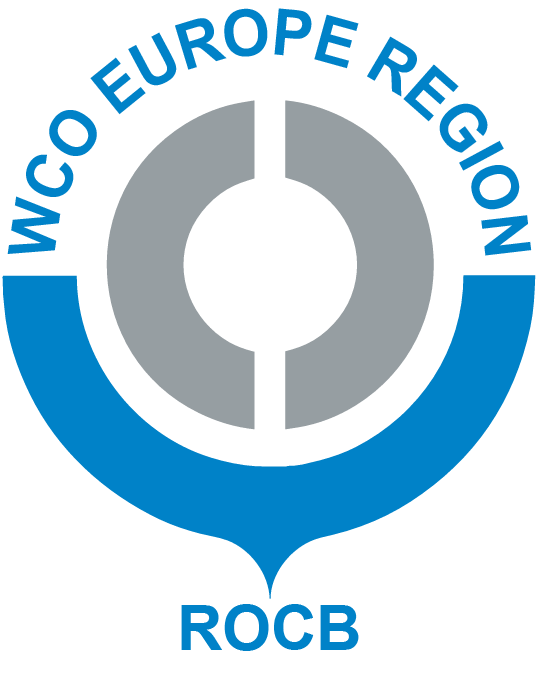With the spread of the new coronavirus disease worldwide, international trade and supply lines unavoidably affected by means of raising tariff rates as a result of the policy changes. Whether or not this increase would solely include medical and protective equipment used in the fight against Covid-19, there is no doubt that remaining sectors are not excluded.
Notwithstanding, escalating tariff walls was an issue even before the Covid-19 era for international trade. The word count for ‘protectionism’ was higher than it had been before.

That being the case, increasing import tariffs would not only have effects on the domestic market and consumers, as one would imagine, but also for exports of an economy.
It is shown in practice that the import tariffs indirectly affect the price of inputs that are used for exports. This linkage means that imposing import duty increases, in turn, brings a downturn for exports. Therefore supply chains might become vulnerable to this interconnection between imports and exports.1 Naturally, the above mentioned situation would have implications on welfare of the individuals and countries as a whole.
It is obvious that intermediate goods are largely the case for international trade in which global value chains are widely performing.2 This fact brings a complicated stance as for the calculation of gross versus value added trade. Still, even if the complexities in accurately calculating the volume of trade were ruled out, it could be well argued that less import volume caused by increased tariffs might bring about hardships in obtaining inputs for manufactures for exports.
That is why, building tariff walls should not only be seen as a way to protect the domestic market or supporting the local producers, but also for a possible reason for diminishing exports. This suggestion especially holds true for the case of value added international manufacturing mechanisms.
An optimal point that gives way for proportionate ups and downs might be the best possible scenario for policy makers. In that way, negative effects on the trade volume and corresponding adverse effects on welfare might be contained.
| ROCB Europe Editorial |
References:
[1] Handley, Kyle, Fariha Kamal, and Ryan Monarch (2020). Rising Imports Tariffs , Falling Export Growth: When Modern Supply Chains Meet Old-Style Protectionism. International Finance Discussion Papers 1270. https://doi.org/10.17016/IFDP.2020.1270
[2] Dollar invoicing, global value chains, and the business cycle dynamics of international trade by David Cook and Nikhil Patel Monetary and Economic Department. https://www.bis.org/publ/work860.pdf



